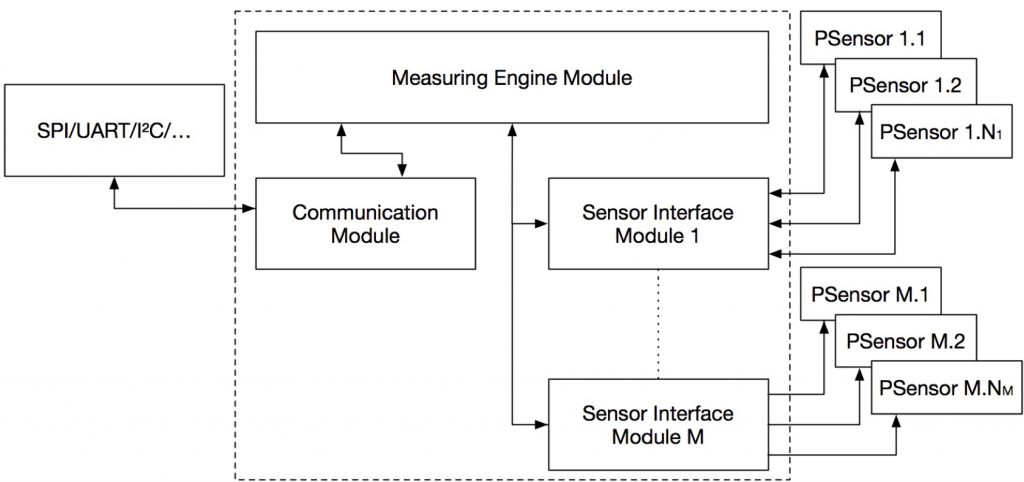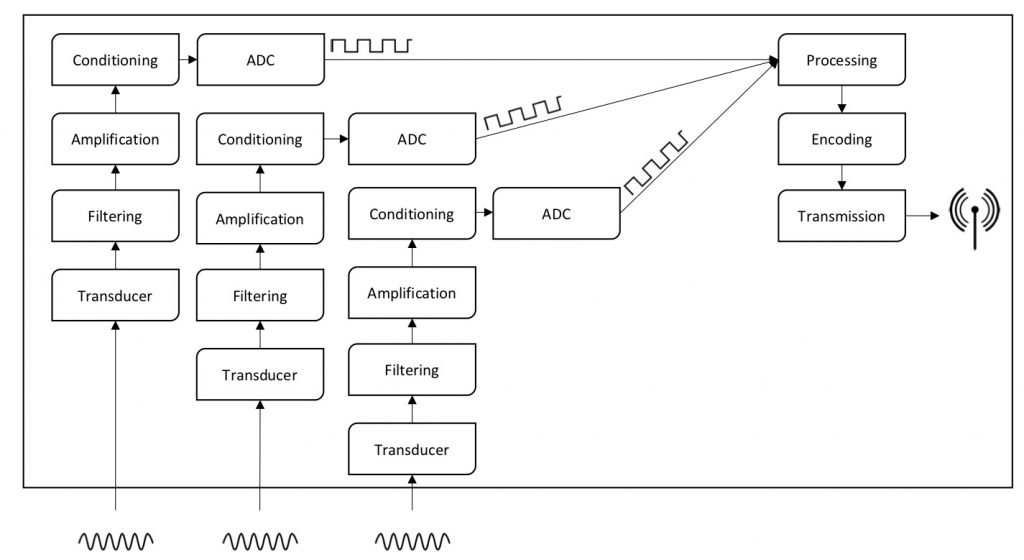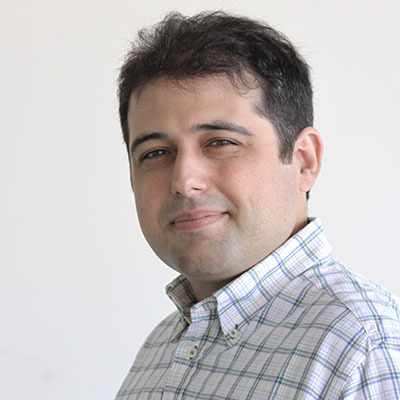SCOPE
The availability of cheap COTS microcontrollers and analogue sensors, and the diffusion of the IoT paradigm fostered and are encouraging the implementation of digital sensors that mix sensing capabilities with computing and communication functionalities.
 Such smart devices enhance sensors based on analogue transducers with new functionalities that increase their quality, their robustness and simplify their adoption in distributed sensing systems. Moreover, the role of smart sensors has been made even more relevant by the advent of cloud computing with the paradigm cloud/fog/edge computing. In particular, the edge computing aims at optimizing cloud computing systems, in particular those serving IoT sensing platforms, by taking away part of the computation from the core and moving it to the sensor (edge). The goal is to reduce both the computational and the communication burden of the system, increasing both scalability and adaptability of distributed sensing platforms.
Such smart devices enhance sensors based on analogue transducers with new functionalities that increase their quality, their robustness and simplify their adoption in distributed sensing systems. Moreover, the role of smart sensors has been made even more relevant by the advent of cloud computing with the paradigm cloud/fog/edge computing. In particular, the edge computing aims at optimizing cloud computing systems, in particular those serving IoT sensing platforms, by taking away part of the computation from the core and moving it to the sensor (edge). The goal is to reduce both the computational and the communication burden of the system, increasing both scalability and adaptability of distributed sensing platforms.
The design and implementation of smart sensors requires the exploitation of several expertises, including the physical optimization of the transducing technology, the electronical optimization of the conditioning and amplification stages, the design of sensor’s architecture in terms of CPU, memory and communications functionalities, and the design and implementation of the firmware and its exposed functionalities.
 It is clear that the sensing and the computing interact together closer than ever within new application paradigms, and their tangled design requires a significant effort of the research community in order to guarantee a quick diffusion of best practice and the adoption of common and standardized methodologies that may facilitate interoperability.
It is clear that the sensing and the computing interact together closer than ever within new application paradigms, and their tangled design requires a significant effort of the research community in order to guarantee a quick diffusion of best practice and the adoption of common and standardized methodologies that may facilitate interoperability.
The mission of the technical committee on Smart Sensors & Edge Computing (SSEC) is to provide a forum wherein academic, researchers, developers and industries may present, discuss and share their ideas, solutions in terms of models, architectures and implementations, and converge towards standardized solutions that seamlessly integrated together into IoT platforms.
The main topics considered by the TC include, but are not limited to:
• Design and implementation of Smart Sensing Devices,
• Hardware/Software Sensor Optimization,
• Edge Computing Models,
• Management and optimization of sensors’ array,
• Signal Processing for Edge Computing,
• Data privacy and security,
• eHealth data management,
• Distributed sensing for eHealth,
• Safety in eHealth,
• Standardization for Smart Sensors and Edge Computing.
 CHAIR
CHAIR
Luca Vollero received the M.Sc. in Telecommunication Engineering from University Federico II di Napoli (ITALY) in 2001, then he received the Ph.D. degree in Computer Science from the University Federico II di Napoli (ITALY) in 2005. Currently, he is an Associate Professor of Computer Science at the University Campus Bio-Medico of Rome (ITALY). His research interests are in the field of Embedded systems, Communication and Security in IoT systems, Signal and Image Processing. Luca Vollero is member of IEEE, IEEE Computer Society, IEEE Communications Society, IEEE Engineering in Medicine and Biology Society and Association for Computing Machinery.
